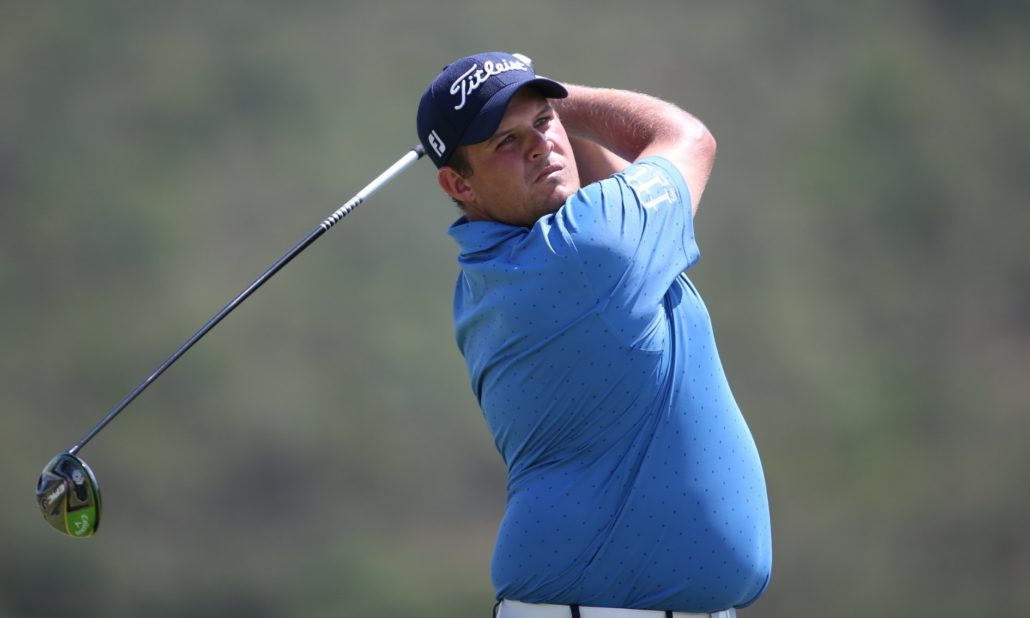JC Ritchie will start this week’s Belgian Knockout, now in its second edition, as the leading South African when the exciting format returns to Rinkven International Golf Club in Antwerp.
Before the action begins, get yourself up to speed on the ins and outs of this tournament.
Two halves
The first two days of the Belgian Knockout will see a full field of competitors compete under traditional stroke play rules as they battle it out to be one of 64 players who will advance to the exciting head-to-head knockout stages. This year, the field will be divided into two draws, with 32 players from each half advancing to the weekend. If there are any ties for the final spots, separate play-offs will be used to determine the top 32 players from each draw.
BKO
The top 32 players from each draw will be seeded into their respective head-to-head brackets, with the best qualifying score from the first two days playing the respective last man in. The winners of each draw will then face off for the Belgian Knockout title. All the matches in the knockout stages will be nine-hole stroke play matches. This key difference adds both excitement and intrigue to the competition, as no lead is safe, and every match will come down to the final hole. If the match is tied after nine holes, the players will continue until the tie is broken.
Two down to one up in a single hole
With no gimmies and no maximum score, changes in momentum can come without warning in head-to-head stroke play matches. One moment from last year’s inaugural Belgian Knockout perfectly highlighted the exciting volatility of this format. In the round of 16, Victor Perez was two strokes down to Oliver Fisher, with only three holes left to play. In match play, it would have been all but over, but such is not the case at the Belgian Knockout. Perez astoundingly holed his second-shot approach from the fairway on the par-four seventh hole of the Yellow Course. The eagle moved him from two-over par to level, while his opponent Oliver Fisher bogeyed the same hole to move from level-par to one-over. The three-shot swing moved the Frenchman from two down to one up in just a single hole, and he held on to win the match by one shot. How many matches will be stolen by a spectacular shot this year?
The finals
Last year, Adrian Otaegui and Benjamin Hebert were the last men standing as they squared off in a thrilling Belgian Knockout finale. Both players showed early nerves when they bogeyed the first hole, but it was Hebert who bounced back quickly when he birdied the second hole. Otaegui drew level when he birdied the fourth hole, and after both players parred the fifth, it was all to play for down the stretch. It was the Spaniard who ultimately answered the bell, when just like a prize fighter, he landed a powerful combination—three straight birdies to take a two-stroke lead into the decisive final hole. Otaegui did not blink down the last, and sealed victory in the final match with a par. The win was Otaegui’s second on the European Tour, and further bolstered his head-to-head credentials, as it added to his first win which came at the Paul Lawrie Match Play in 2017.
Saffas to rebound
With only three South Africans making the cut in Denmark, a group of eight will start Thursday’s first round. The local charge is led by invitee JC Richie, who has a world ranking of 120. George Coetzee will be looking for a quick return to form after two consecutive missed cuts.
Dean Burmester is another, looking to shake off some mid-season form with just one weekend made in his last four events. Darren Fichardt, who finished T25, will be one to watch, with Haydn Porteous, Jacques Kruyswijk, Louis de Jager and Justin Walters complete the lineup.








